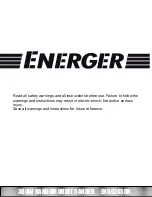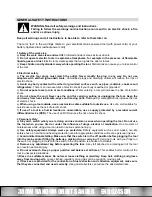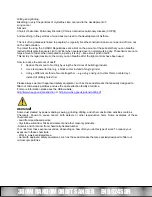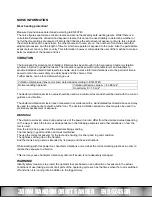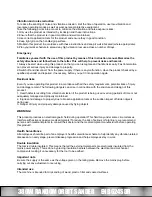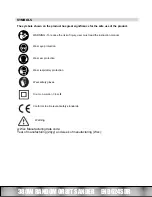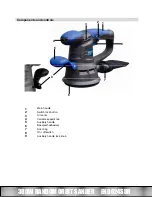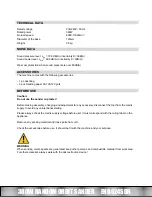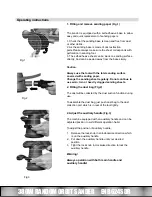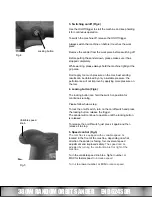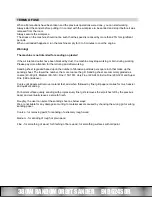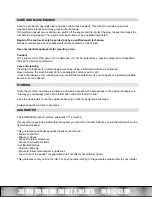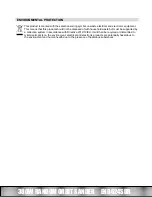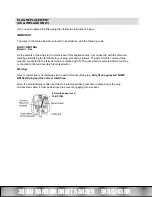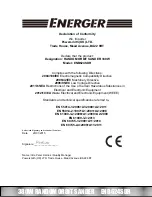
380W RANDOM ORBIT SANDER ENB624SDR
drilling and grinding.
Breathing in very fine particles of crystalline silica can lead to the development of:
Lung cancer
Silicosis
Chronic Obstructive Pulmonary Disorder (Chronic obstructive pulmonary disease (COPD))
And breathing in fine particles of wood dust can lead to the development of Asthma
The risk of lung disease is linked to people who regularly breathe construction dust over a period of time, not
on the odd occasion.
To protect the lung, the COSHH Regulations sets a limit on the amount of these dusts that you can breathe
(called a Workplace Exposure Limit or WEL) when averaged over a normal working day. These limits are not a
large amount of dust: when compared to a penny it is tiny – like a small pinch of salt:
This limit is the legal maximum; the most you can breathe after the right controls have been used.
How to reduce the amount of dust?
1
Reduce
the
amount
of
cutting
by
using
the
best
sizes
of
building
products.
2
Use
a
less
powerful
tool
e.g.
a
block
cutter
instead
of
angle
grinder.
3
Using
a
different
method
of
work
altogether
–
e.g.
using
a
nail
gun
to
direct
fasten
cable
trays
instead
of
drilling
holes
first.
Please always work with approved safety equipment, such as those dust masks that specially designed to
filter out microscopic particles and use the dust extraction facility at all time.
For more information please see the HSE website:
http://www.hse.gov.uk/construction
or
http://www.hse.gov.uk/pubns/cis69.pdf
WARNING
!
Some dust created by power sanding, sawing, grinding, drilling, and other construction activities contains
Chemicals. Known to cause cancer, birth defects or other reproductive harm. Some examples of these
chemicals are:
- Lead from lead-based paints,
- Crystalline silica from bricks and cement and other masonry products,
- Arsenic and chromium from chemically-treated lumber.
Your risk from these exposures varies, depending on how often you do this type of work. To reduce your
exposure to these chemicals:
- Work in a well-ventilated area.
- work with approved safety equipment, such as those dust masks that are specially designed to filter out
microscopic particles.


